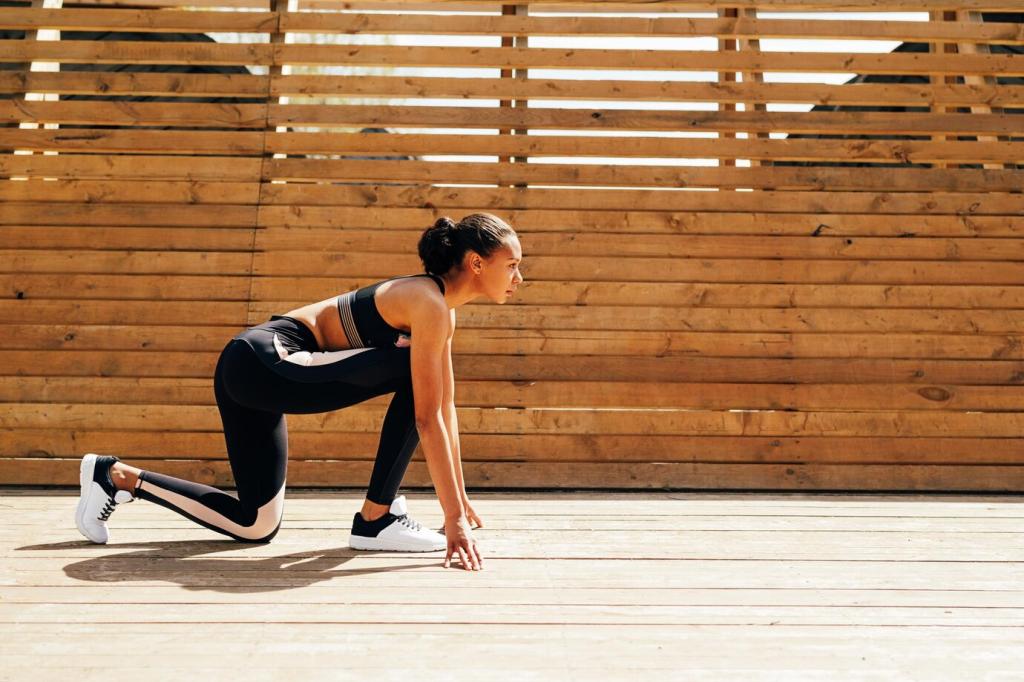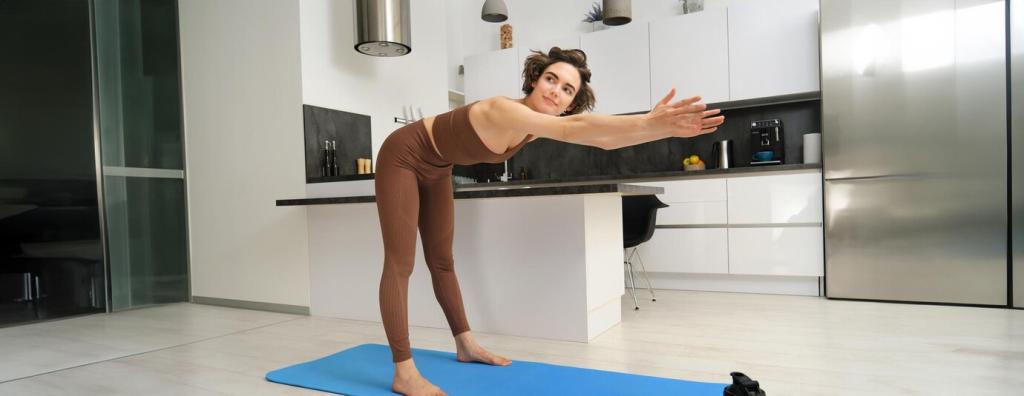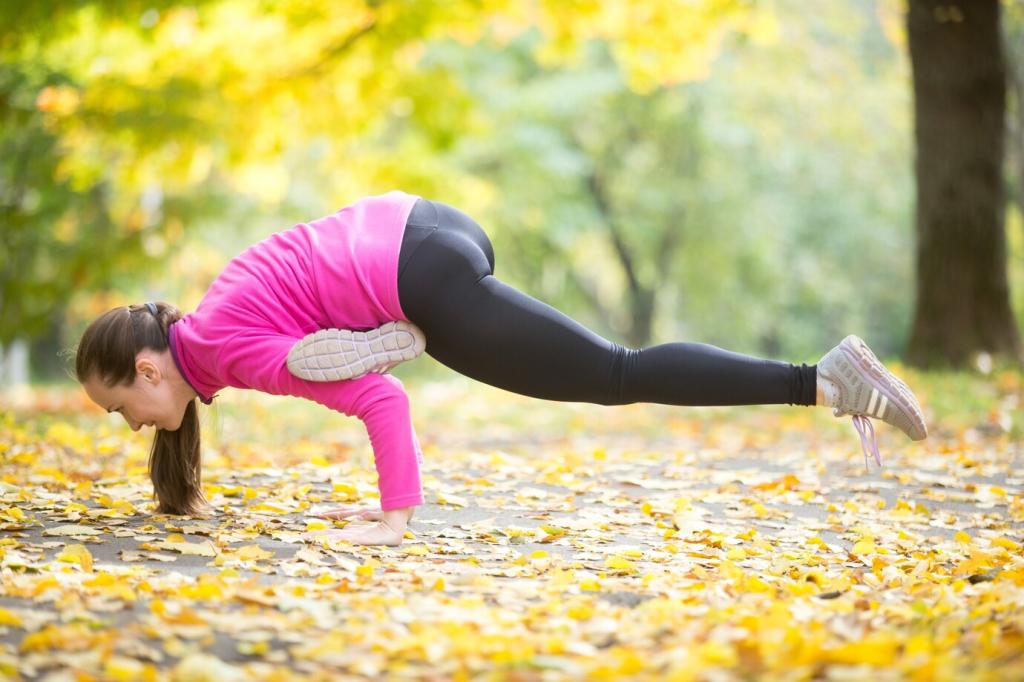Designing a Smart, Time-Efficient Warm-Up
Two to five minutes of easy cycling, brisk walking, or jump rope nudges heart rate upward without fatigue. Feel warmth spreading, breath steadying, and tension melting. The goal is gentle readiness, not exhaustion before you even begin.
Designing a Smart, Time-Efficient Warm-Up
Leg swings, arm circles, hip openers, and controlled spinal rotations blend movement with stability. Keep ranges within comfort while gradually expanding. Think smooth, rhythmic, and curious. You are simply reminding your body how to move with intention.




